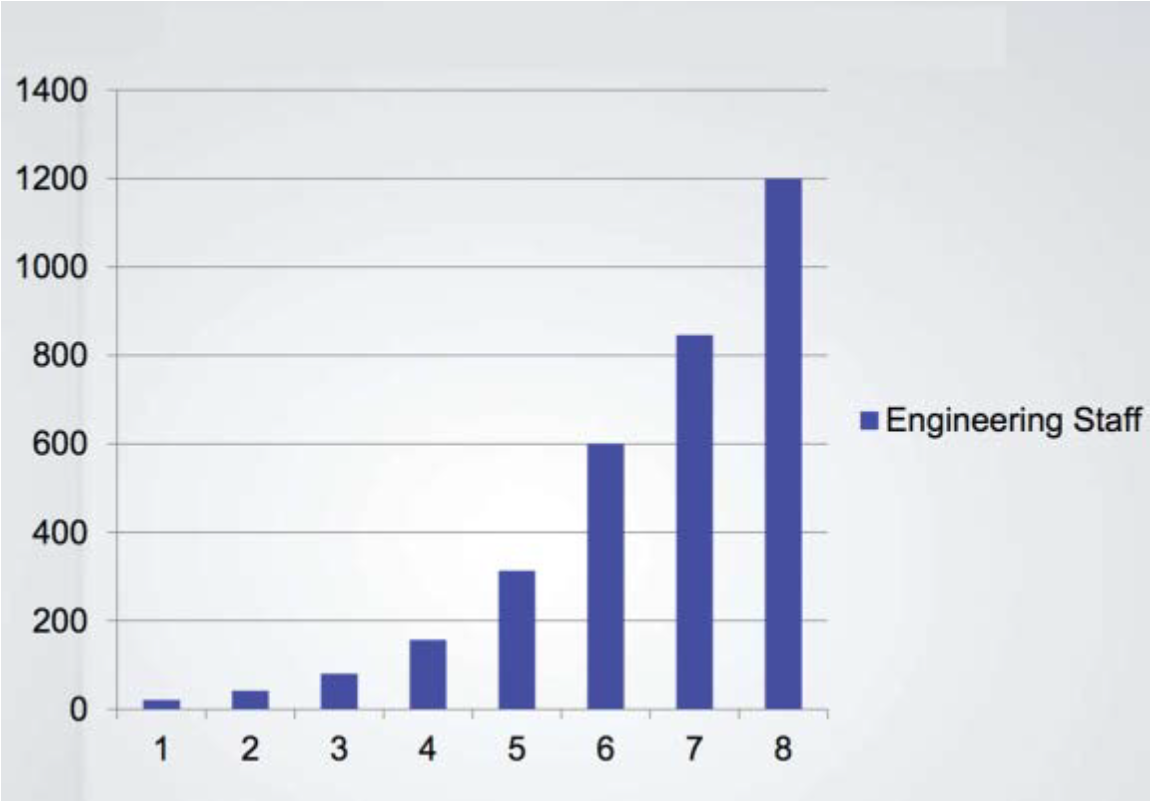
How to Face a Disastrous Code
Have you ever started a new job only to discover the codebase is a complete disaster? You’re not alone. This guide will help you navigate through the chaos and emerge with clean, maintainable code.
What Constitutes a Python Disaster?
Picture this: It’s your first day at a new job. You’re completely new to the codebase. The previous developer just quit, and your manager drops this bomb: “Production is on fire. Here’s the Git repo. Good luck!”
Sound familiar? This is what I call a “Python disaster” – a codebase so messy and unmaintainable that it threatens the entire project’s success.
Understanding the Root Causes
Before diving into solutions, it’s crucial to understand why code reaches this state. This isn’t about being a detective; it’s about ensuring two critical things:
- Is the code actually making money?
- Is it losing money or just not pulling its weight?
You need to know how much is at stake. This helps you figure out a realistic timeline and prioritize what needs fixing first.
Common Reasons for Messy Code
In my experience, messy code usually comes down to a few common issues that pop up across different teams.
Lack of Proper Coding Culture Some teams are just built on shaky foundations from the start. A massive red flag? Overly optimistic estimations far from being conservative, followed by excuses like:
“TDD is for beginners – if you know what the code should do, you don’t need it”
“The client pays for features, not tests”
“It’s just a POC, let’s move fast”
“We deliver features, not clean code”
Unclear Business Goals
When business goals are unclear, code starts wandering:
“It was just a small feature that… well, grew a bit” (heard this before?)
“It was supposed to be an MVP, but now we need to scale fast or we’re dead”
This is especially common in research and non-tech environments.
Here’s the thing: most of us don’t work for tech giants. We work for regular businesses that pay well but have non-technical managers and fuzzy requirements.
The Reality of Technical Debt
Even the best teams hit technical debt once things get complex enough. I love this example from Robert Martin’s “Clean Architecture” book. Check out these two charts showing engineering staff growth versus lines of code over time:


Notice how the team keeps growing, but the codebase doesn’t? That means all these new people aren’t actually shipping features – they’re just fighting the existing mess.
This leads us to an important conclusion:
Technical debt is inevitable
The key is accepting that technical debt will happen and being ready to tackle it systematically. But once you’re already drowning in it, what do you do?
Your Action Plan
I would be tempted to give a quick steps plan, but first you need the right mindset.
Mindset First
I’ve got two golden rules for tackling any codebase:
- Take time to understand the beast – No shortcuts here. You’ve got to dig in and figure out what you’re working with.
- Embrace safe failure – Not in production, obviously! Set yourself up so you can experiment freely: good version control, staging environments, the works.
With that mindset, here’s your systematic approach:
Systematic Approach
Step 1: Identify an Isolable Part Find a section of code with defined boundaries that you can work on independently.
Step 2: Define Global Tests Create snapshot tests for big object outputs like:
- Images
- Web pages
- Complex REST API JSON responses
The Python ecosystem isn’t as rich here as Node or Go, I’ll admit. But there’s one library I swear by: syrupy. It integrates seamlessly with pytest and handles everything from JSON to binary snapshots.
Step 3: Navigate the codebase by following code smells Code smells are bits of code written without any long-term vision. They’re like archaeological clues about your codebase’s history. Sure, you’ll find them in junior code, but even senior devs leave smells behind – maybe they were rushed, dealing with unclear requirements, or just having a bad day.
Code smells deserve their own article (maybe I’ll write one!).
Step 4: Trust your gut After cycling through these steps a few times, you’ll start feeling confident about what needs fixing next. At this point, any advice I could give would be too specific to your particular mess anyway.
Key Takeaways
When you’re facing a code disaster, remember:
- Understand the context – both business and technical, and make sure you have the resources to tackle it
- Plan your approach – isolate, test, then refactor systematically
- Keep it simple – clarity beats cleverness every time
- Trust the process – you’re building something that will last
Remember: technical debt is inevitable and that’s perfectly normal. But it’s totally manageable with the right approach.
Conclusion
Turning a chaotic codebase into something beautiful isn’t magic – it’s just systematic work that takes patience and persistence. Once you understand why code gets messy and have a solid game plan, you can rescue any Python disaster.
Here’s the thing: every expert was once a beginner who didn’t quit. Your messy codebase? It’s just a clean codebase that hasn’t happened yet.
Recommended Resources
- talk Brett Slatkin’s PyCon 2016 talks on Python best practices and refactoring
- book Clean Architecture by Uncle Bob Martin
- book Refactoring by Martin Fowler
- book Effective Python by Brett Slatkin
This article is based on practical experience dealing with real-world Python codebases across various industries. The strategy outlined is personal although has been tested in multiple environments and proven effective in transforming chaotic code into maintainable solutions.